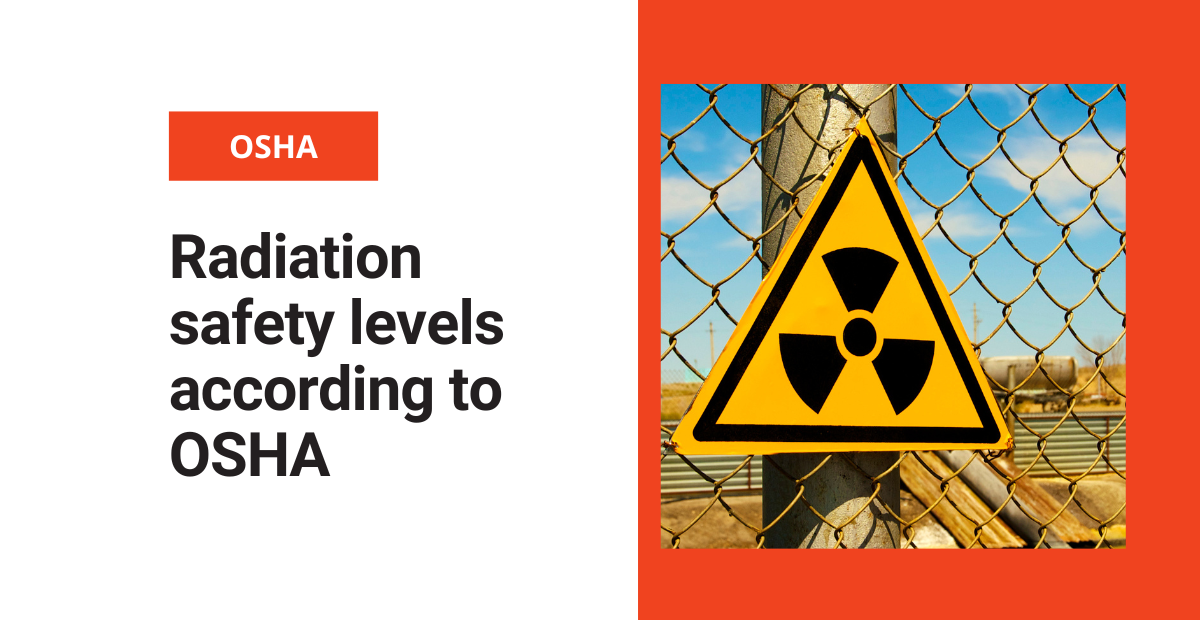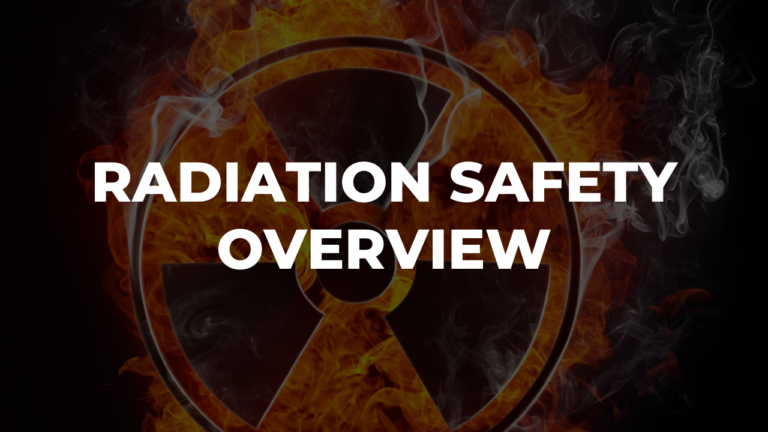Radiation is a natural part of our environment. Our bodies encounter different levels of radiation from natural and man-made sources, like the sun or microwave ovens. Therefore, radiation safety levels exist to ensure that we stay protected from harmful exposure. So, what are the safe levels of radiation for occupational exposure?
Radiation safety levels
Radiation can be measured in different units such as rad, rem, or sieverts. Moreover, international organizations such as OSHA or the NCR set dose limits to keep radiation exposure below levels that might cause health effects.
Additionally, these standards rely on scientific studies that identify what levels of exposure humans can tolerate without harming their health.
Ionizing radiation
Ionizing radiation is a type of radiation that removes electrons from molecules and atoms. Excessive exposure can cause mutations and damage to a person’s DNA. This emphasizes the importance of adherence to radiation safety levels. Some sources of ionizing radiation are fuel cycle facilities, nuclear power plants, industrial devices used for scientific research and measurement, and even x-ray machines and CT scanners.
Non-Ionizing radiation
Non-ionizing radiation is a low-energy type of radiation. Basically, it is less likely to cause harm than ionizing radiation because it does not have enough energy to ionize cells. However, understanding radiation safety remains crucial. Some sources of non-ionizing radiation are heat and light from the sun or lightning.
Radiation safety levels exposure limits
For workers covered under the ionizing radiation standard, OSHA recommends that exposure should not exceed 1.25 rem per calendar quarter for the whole body. For hands and feet, the limit dose can go up to 18.75 rem for every quarter. As for skin exposure, the number is 7.5 rem per quarter year. This is consistent with established radiation safety levels.
Although the standard does not state a maximum exposure limit, the NRC (Nuclear Regulatory Commission) recommends that whole-body and skin exposure should not exceed the dose of 5 rem per year. This should be averaged over five consecutive years. Also, eye lens exposure should not exceed the dose of 15 rem per year.
Protection against radiation
Employers must ensure that radiation doses are kept ALARA or as low as reasonably achievable. Maintaining these radiation safety levels involves spending less time near a source, working farther away from a source, and shielding from a source to help decrease the levels of exposure.
Having a radiation emergency preparedness and response plan is also critical to protecting your workers from excessive radiation. The first step in building the plan is to identify the risks involved. You must ensure that radiation safety levels are maintained.
Radiation incidents can occur from:
- Handling or transporting radioactive materials
- Spills, leaks, or releases of radioactive materials
- Misuse of radiographic materials
Radiation workers who operate in high-radiation areas wear dosimeters. This allows their individual doses to be monitored according to radiation safety levels.
Finally, employers must provide the required training for workers to safely operate near sources of radiation.
Free radiation safety overview training course
Use this free course from our LMS content library to teach your team about the basics, including radiation safety levels.
As we mentioned before, ionizing radiation ionizes the cells inside the human body and can modify DNA. Firstly, exposure to over 200 rem can cause hair loss, while 1000 to 5000 rem could impact heart and brain function. Secondly, excessive exposure can also lead to headaches, fatigue, tumors, cancer, Alzheimer’s disease, or Parkinson’s disease.
It is important to note that OSHA also has exposure limits set for catastrophic radiation emergencies. In an incident where all controls and appropriate actions are in place, lifesaving emergency responders may receive doses that exceed 25 rem. Consequently, this exposure level shows that workers have surpassed established radiation safety limits.
To learn more about different OSHA standards, make sure to head to our resources page.




